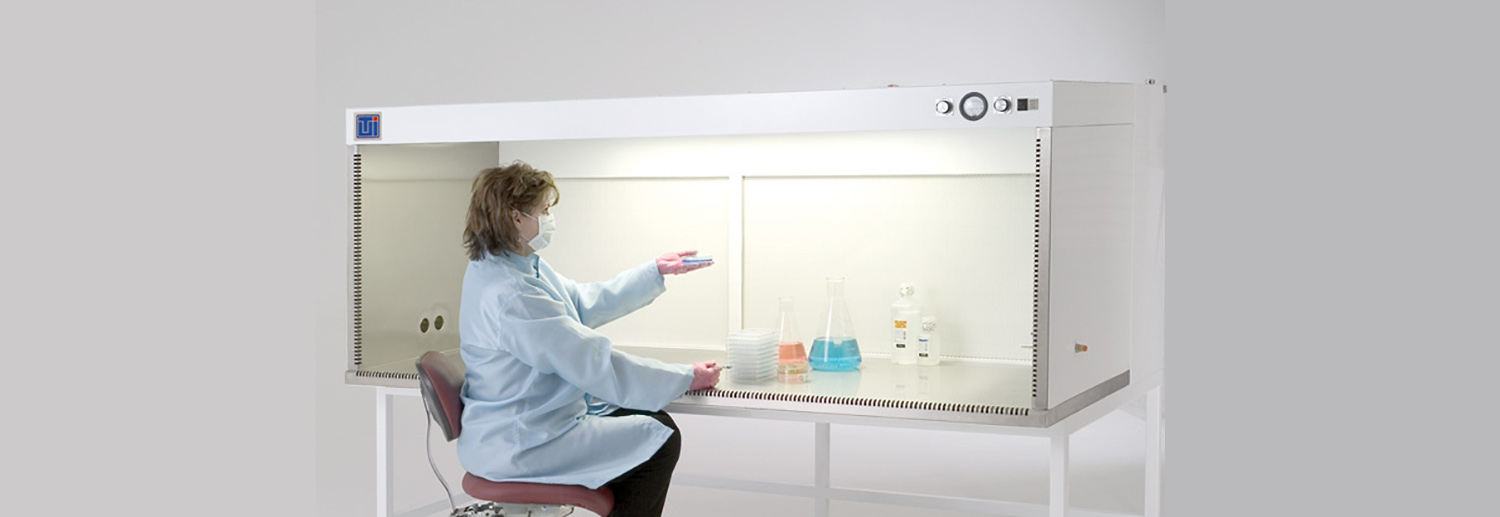When it comes to stable air ventilation within a piece of lab equipment, finding something with laminar flow will be critical to your studies. But what exactly is laminar flow? Let’s break this down so you have a more thorough understanding of what this is.
What is Laminar Flow?
By definition, laminar flow is the flow in which air or fluid travels smoothly or in regular paths within a designated space. In a laminar flow, the velocity, pressure, and other flow properties at each point remain constant.
Where is it Used?
Developed in the 1960s, this process has been relevant to modern labs in shaping the way that air safely moves into enclosures and has provided sterility and prevents cross-contamination across samples. Many pieces of lab equipment today, like clean benches and biological safety cabinets, require the use of laminar flow hoods, which help direct HEPA filtered air into the enclosure. This technology allows industries such as medical, pharmaceutical, research, education, аnd more to carry out processes that require a clean and sterile environment.
The best uses for laminar flow hoods are for working on specialized experiments in the labs that require a clean environment to design products that are nontoxic. It creates clean air for an individual environment to safely and accurately work on samples, or items that require a sterile room.
Horizontal vs. Vertical Laminar Flow Hoods
There are two main options that can be chosen from when it comes to laminar flow hoods – horizontal and vertical. Each of these types of hoods have their own benefits to different studies and labrooms. Let’s take a quick dive into these differences.
Horizontal
Horizontal flow hoods are fitted with an air system that is parallel to the work surface, which eliminates turbulent effects. This allows the user to avoid materials falling and having to pick up parts off the floor constantly. The horizontal hood also makes it easier to position and stagger sterile equipment on the work surface closer to the filter face, and hands and gloves are less contaminating since they are downstream of the sample.
Vertical
With vertical hoods, they typically require less floor space, allowing you to have more room for other equipment. These vertical hoods also have the filter on top to allow for easier access, and do not blow directly on the user, which prevents health concerns for any contamination that may happen. There is also less cross-contamination of items that are positioned on the work space, giving you more time to comfortably work with your samples.
Conclusion
From how laminar flow can be used to the different types of hoods that are provided, understanding how laminar flow works is an important concept that most industries require to know for more accurate testing results. Luckily, we also offer several services for your air filter needs to ensure that your equipment is up to standards.
Contact us today to let us know how we can help you.


